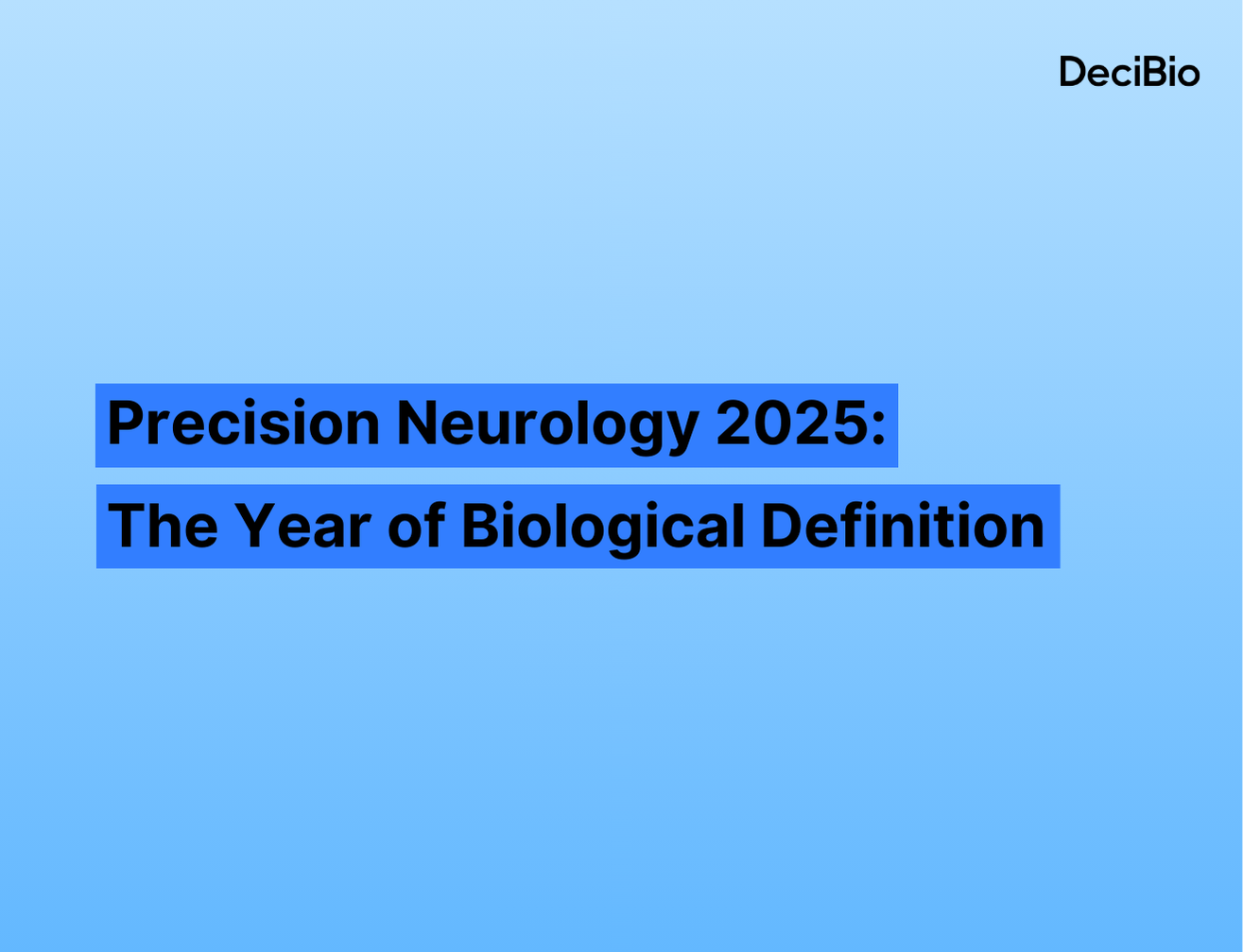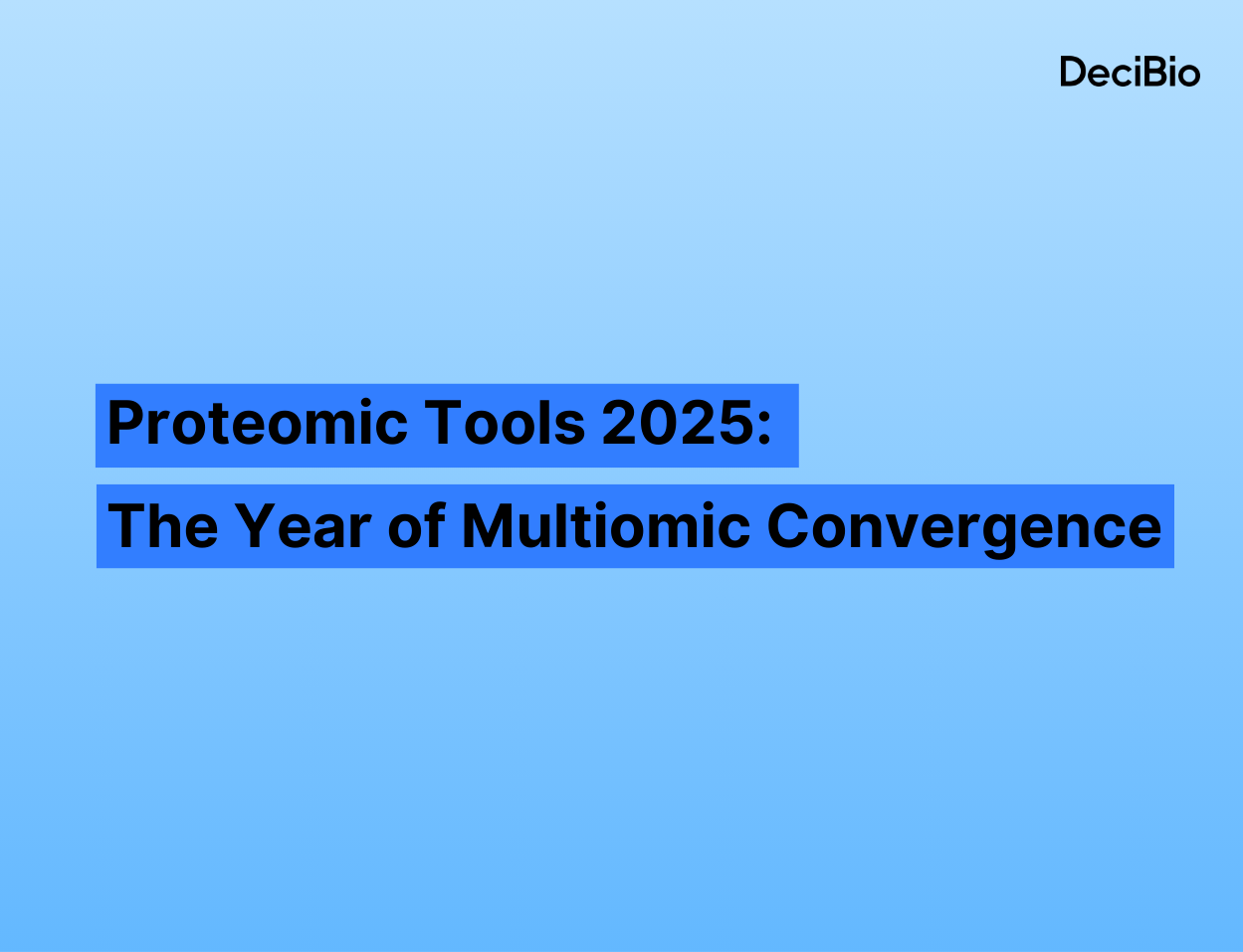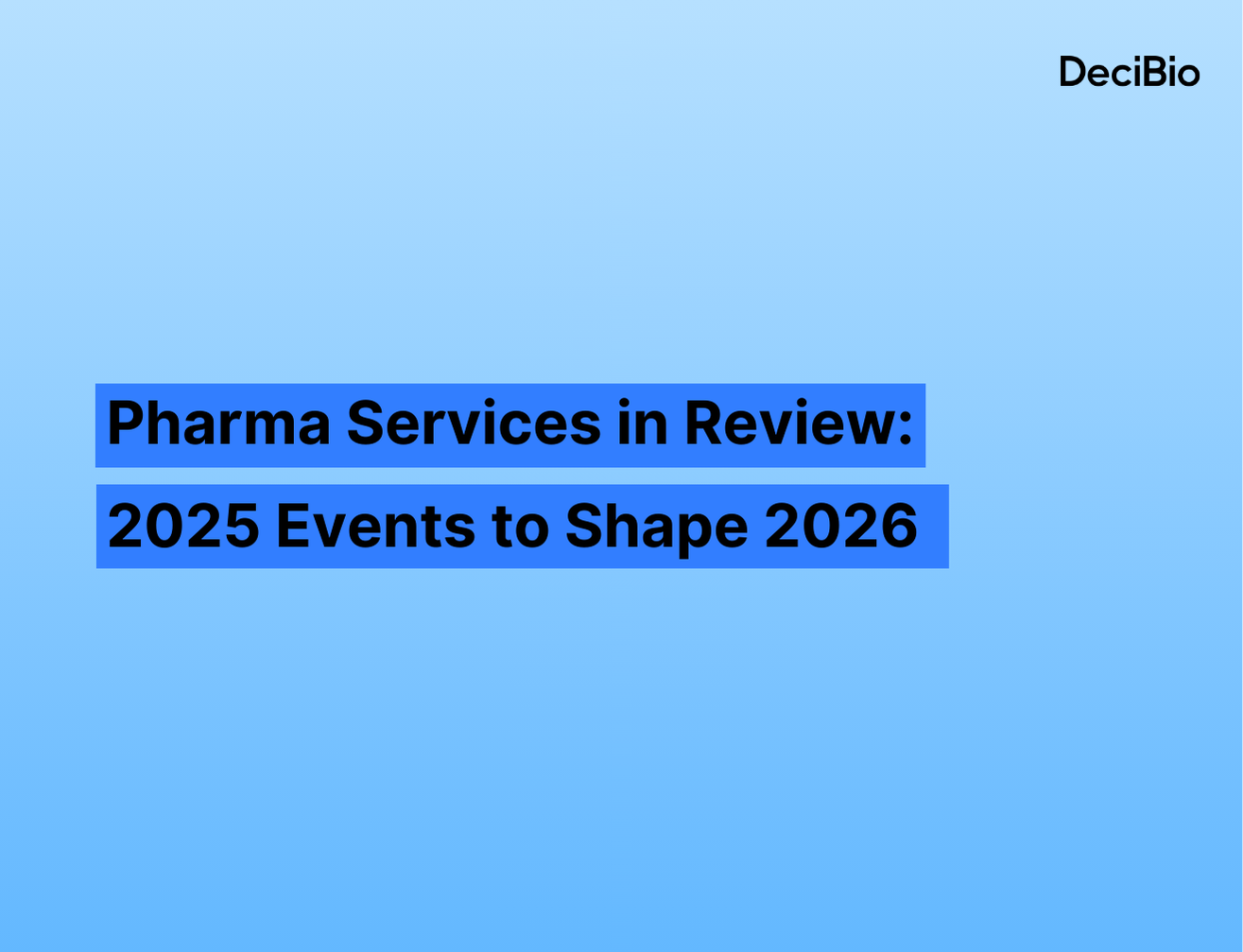I spoke with Manoj Dadlani, the CEO of CosmosID, a sequencing and analytics company focused on helping pharmaceutical, public health, and academic collaborators understand and harness the microbiome. I took this opportunity to ask him about his experience at CosmosID, current applications for microbiome sequencing, and expected changes in the landscape, especially as the clinical utility of the microbiome continues to be better understood.Although researchers are still trying to understand the influence of the microbiome on human health and disease, evidence is emerging that dysbiosis, a microbial imbalance, of one type or another can have an effect on a wide range of disorders including intestinal, neurological, oncological, and immunological. As companies such as CosmosID continue to work with academic and commercial partners to make sense of the data, the true impact of the microbiome will begin to emerge. It is at this intersection of increasing investment to fund deep sequencing and ever-improving AI to analyze the mass amounts of data generated where precision microbiology will take shape going forward.
Thanks for speaking with me. Could start by telling me a bit about your background?
I studied bioengineering and wanted to be a doctor until I decided didn’t want to be a doctor and wanted to do something in business. So, I went into management consulting, as anyone who doesn’t know what they want to do in life does. I did that for about seven years for a firm called Applied Value out of New York. After some time, I left, joined a family business in Africa, did that for four years, and set up a water and juice manufacturing business in northern Nigeria. I then returned to Applied Value on the investing side. They had invested in CosmosID while I had been away. I was really excited about the technology and the team was good, and the investors were looking at making some updates to the management team, so there was opportunity to take over as CEO. I took that role just under four years ago.
When you joined CosmosID, did you have any previous experience with the microbiome or was that a new area for you?
The microbiome specifically was a brand-new area for me. I did do a lot of work with DNA-based technologies in college. I worked with using DNA as a material more than for its genetic content in my research in biological engineering. I was relatively familiar with microbiology and components there, but specifically into microbiome it was my first foray.
Now that you have been working in this space for four years, what most excites you about the microbiome?
There is a whole new world. There are all sorts of new applications that we are working on, that we are seeing, that we are getting exposed to. We view them sitting into two areas. One is all the different types of research in the microbiome space. Working with pharmaceutical companies, working with academics, working in food safety and water safety, there are all sorts of areas where the microbiome plays. What probably excites us all the most are the applications relevant to human health. We’ve seen microbiome-associated diseases from neurological disorders and metabolic disorders to skin and gut disorders. Everything is kind of linked back to the microbiome. Whether it’s in the gut or on the surface of the skin, the applications are endless. I think that is the most exciting part.The other area is the diagnostics side, which we can look at in two ways. One way is looking at diagnostics for specific organisms or specific functions. It’s more targeted, but it’s still hard to diagnose individual organisms. The other side that is way more complicated and possibly more exciting is looking at microbiome profiles and using those profiles for diagnosis. I think that is really exciting in terms of the future. As we get to do more of it, generate more data, and associate it with more metadata, then the power of machine learning and AI really come to use. You can use them in the microbiome in a predictive way to maintain and improve health.
How does microbiome analysis differ from other areas of sequencing such as human or animal, sequencing? How does the informatics differ?
When you sequence a human or animal genome, you are looking at one genome, so you can really get into the details of that single genome and look at SNP differences. When you are looking at metagenome or microbiome profiles, it’s a huge number of organisms you are looking at one time, so it is a much bigger data challenge. I think that is one of the main differences, and it ends up being more complex. It could be that a single organism is creating some sort of change in a phenotype. Or it could be interactions of multiple organisms amongst themselves or missing organisms are leading to phenotypic change. It’s a pretty complex problem, and I think the bioinformatics plays a huge role in deciphering what is involved in any sort of analysis or any sort of differentiation.The microbiome started off with looking at targeted sequencing like 16S and ITS, that kind of sequencing, where you get low resolution results, looking at genus level, sometimes species level organisms. We are definitely seeing a shift to shotgun sequencing or whole genome sequencing where you can get into strain level differentiation. You can even start to assemble genomes of previously unidentified potential organisms. It leads to a whole new area of discovering new species that might be involved in different disease types that we haven’t considered or even known existed, so again, a much bigger data challenge. A lot of the decision comes down to cost. If there was an unlimited bucket of money, everyone would do shotgun sequencing or even transcriptomics where you’re sequencing RNA.
You work with a number of companies who are conducting research on the microbiome. How do pharma companies in particular utilize microbiome data today and how do you expect that to change in the next 3-5 years?
Generally, we see a lifecycle of steps here where sequencing of the microbiome can be used. It starts off in discovery, looking at a disease state and a healthy state and identifying the difference from a taxonomic standpoint as well as what functions are different in those communities. Then pharma will come up with some ideas and develop new drugs and will want to test them. They will do an early stage clinical trial and look before treatment and after treatment to see how the microbiome shifts and if the drug is restoring that healthy phenotype. From there it’s moving into clinical trials for those drugs where there are multiple use cases. One is that once a drug has been developed that is being used in a clinical trial, they need to QC that drug. If it’s a live biotherapeutic product, they are wondering are the right strains in there, have they mutated, is there anything odd about the strains that have been put together, do they have antibiotic resistance, do they have virulence factors. There is also a patient stratification aspect of it. It lets them say that a specific patient has too many of a certain organism, so they don’t think the patient is the right fit for this drug. Then it’s running the clinical trial. Within the trial, they want to know both if they are seeing the right microbiome shift when treating the patients, and also, if there is an adverse event of some sort, can they use the microbiome to try to figure out why.Nothing has passed the clinical trial stage yet, so I think that is probably where it ends today. But there are some high contenders out there that are in stage three, so maybe we will see them out past the finish line. In the future, there are so many more conditions that people are looking at in the microbiome space to treat. I think that after the first set of discoveries, that clinical trials will just be accelerated, there will be a lot more of them, and they will be for different conditions. We will also see a regulatory component of making sure that if I’m putting in live bacteria into you that I am putting the right live bacteria into you. I think that QC stage will pick up and be more and more important as drugs are getting into the market.
As pharma starts to move out of more research and trial phases, and microbiome-based therapies are used in the clinical space, what do you think the transition will look like? Once it has moved into the clinical space, what do you see as the role of sequencing and microbiome diagnostics given that the money is different, the patient is different, etc.?
It’s where the dollars are flowing now. First, I think pharma needs some wins. There has been decent investment, but the big dollars haven’t come in yet. The areas that people are going after today are focused on C. diff. Ferring bought Rebiotix that has a phase three drug. Seres has a phase three drug targeting C. diff. I think that first win is going to be in that space.From there, it gives everyone confidence if you can bring this type of drug to market, and you’ll see a lot of the other therapeutic areas come about. It could be immuno-oncology. But it could also be skin diseases where we have seen some pharma companies working in the clinical trials space, or allergies. People are working today on Parkinson’s as well. It’s kind of a wild, wild west scenario.As the drugs get approved, I think there will definitely be a diagnostics component to it. We have seen that in other spaces. The payers want to see that if they are going to pay for an expensive drug there is proof that the drug is needed and that it is going to work. I think that will all come back to the reimbursement landscape.
Something like C. diff has a relatively simple diagnosis and treatment compared to complex microbiome disease profiles that might include interactions between many different organisms. What do you think the lag in adoption will be between microbiome-targeting therapeutics for diseases such as C. diff that are more straightforward and those targeting complex disease profiles?
That’s the multi-billion-dollar question. I think it would depend on what pharma accepts in terms of data. If pharma takes a traditional approach of needing to understand every detail in terms of how something works and the exact pathways that are triggered and the exact ways to manipulate it, it is going to take longer. If pharma is more open to the similar outcomes-based approach that you see with C. diff treatment, and its more empirical in a way, I think it can be faster. Depending on which route things go and how the regulatory plays will determine the timeline. For those profile-based drugs and diagnostics to really take effect I think we are 5 years to 10 years away for any sort of scale. Unless we are getting the reimbursement on both the pharma and diagnostic side, it’s not going to achieve its potential because we don’t have the money to bring it all the way through.
How do you see this large quantity of data being utilized in the clinical space? What is the relative role of bioinformatics and AI?
I think, again, the data is huge. We are looking at multiple different genomes at one time, different ratios of organisms at one time. We are looking at organisms missing, organisms being over abundant, under abundant, all sorts of different combos of this profile. Really in order to digest that data, the starting point is getting a lot of data and making sure you have a lot of good metadata associated with it. I think the indicators of disease can come from differences in microbiome profiles, but to be predictive, there is also a huge environmental factor we need to consider as well, in terms of different lifestyle choices, what you eat, how many times you’ve taken antibiotics. Getting all this data, layering it together, and using ML and eventually AI to be more predictive is how we will drive the biomarker discovery for the diagnostics.But the flip side of it, to be clinically useful, it needs to be simplified. We have to take all this big data and crank through it and draw conclusions from it. There is this entire discovery R&D side of it, but then when it comes back to a clinician who only has a few minutes to work with every patient, it needs to be digestible and actionable. So, these ML profiles and ML outcomes need to home in on okay well this is what I found, this is what we need to do, and this is the likelihood that this person will become better.
Finally, in the coming year what are some thing you are excited for regarding the microbiome, either in the space generally or for your company in particular?
We are launching some new tests both in infectious disease diagnostics as well as microbiome profiling. We are quite excited about those. I would say we’ve got a good number of publications we are working on as well. We’ve got one were really excited about in Celiac disease that will be coming out soon. Overall, we are really excited that there has been a huge shift from targeting sequencing to shotgun sequencing and I think its less about convincing someone and more about them trying to find budget to do it. We’ve also launched a $99 shotgun sequencing product that helps people move to shotgun sequencing. And I think looking at this multiomics data and doing more machine learning is a big area for us right now. I think you’ll see some pretty interesting things from our side in the next year using these more complex, enriched datasets.
About the Author

Katie Gillette is a senior analyst at DeciBio with experience in Clinical Diagnostics, Health IT, and Novel Techs. At DeciBio, many of Katie's projects are related to digital health and oncology. Connect with her on LinkedIn.Disclaimer: Companies listed above may be DeciBio clients and/or customers







